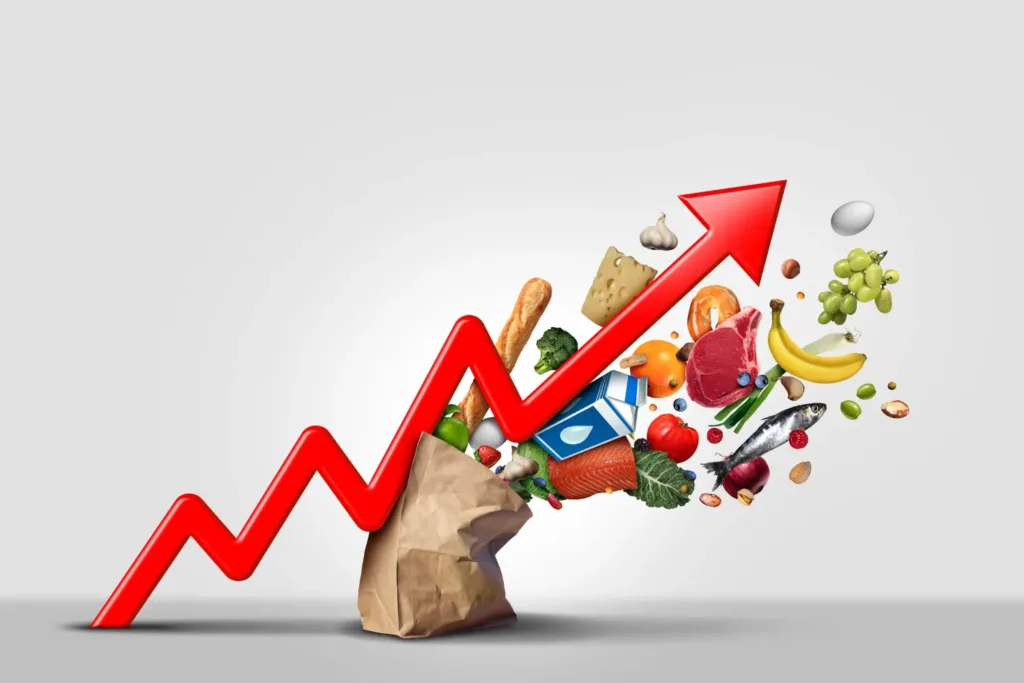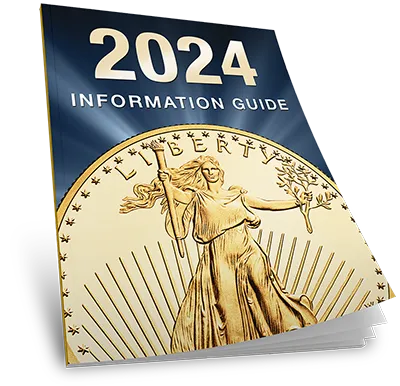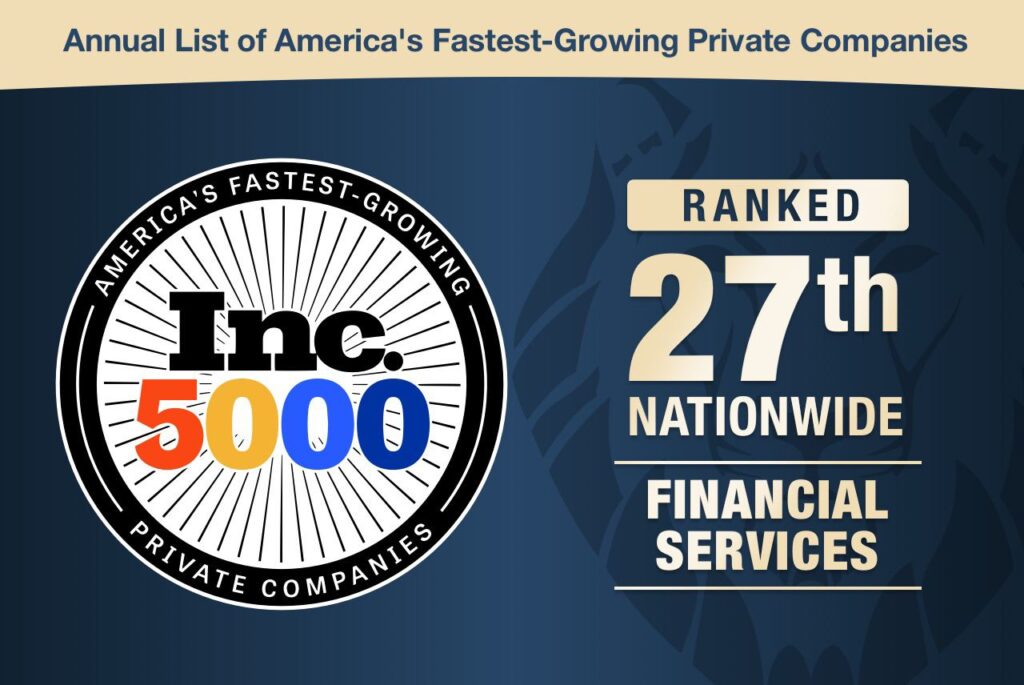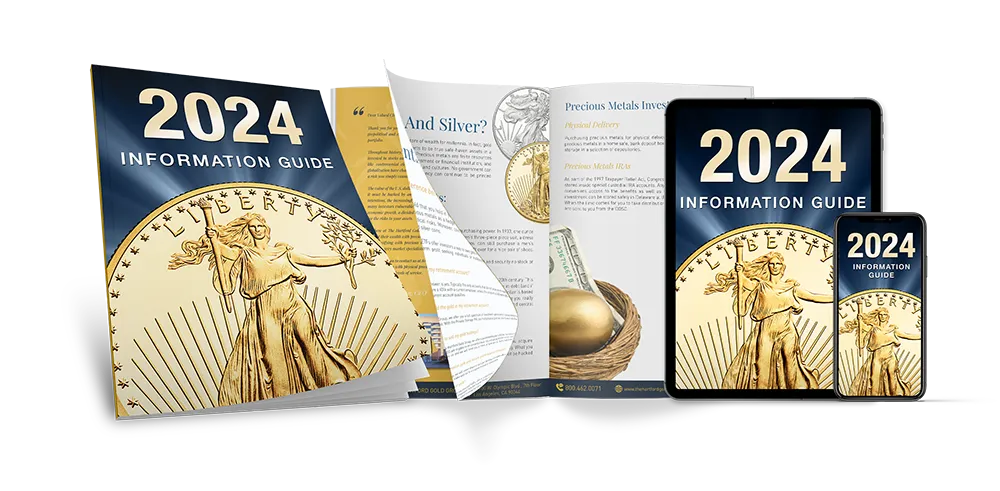As we navigate an economy marked by rising inflation and fluctuating prices, it’s become more important to understand the forces driving these changes.
How does inflation impact our daily lives, from groceries to the homes we dream of owning? In this article, we will explore the intricacies of inflation — what causes it, its effects on the economy, and, most importantly, how you can protect your finances during these challenging times.
What Is Inflation?
Inflation is a term that frequently surfaces in discussions about the economy, particularly when it comes to the cost of living and purchasing power. Simply put, inflation refers to the rise in prices of goods and services over time, leading to a decrease in the purchasing power of money.
When inflation occurs, each dollar buys fewer goods and services than before, indicating a reduction in the value of money.
Measured by indices such as the Consumer Price Index (CPI) and the Personal Consumption Expenditures (PCE) price index, inflation captures the average price changes across various products and services, from food and energy prices to consumer goods and real estate.
The U.S. Bureau of Labor Statistics and other economic bodies regularly track these changes to gauge the inflation rate, which is an indicator of the financial health of a country like America.
Various factors, including increases in consumer demand, higher production costs, and changes in the money supply, can influence inflation. Significant events such as the pandemic or geopolitical tensions, like those involving Ukraine, can disrupt supply chains, leading to shortages and rising prices.
From policymakers at the Federal Reserve (the Fed), who adjust monetary policy and interest rates in response, to everyday Americans and economists who experience its effects on their personal finances, understanding inflation is crucial.
What Factors Contribute to Inflation?
Several factors contribute to inflation, each playing a distinct role in the overall economic picture:
Demand
This occurs when an increased demand for goods and services in the economy surpasses the supply. This surplus demand is often seen during significant economic growth, which leads to higher prices.
For example, suppose consumer spending rises significantly due to higher household incomes or increased economic confidence. In that case, businesses may struggle to keep up with the demand, causing prices to increase.
Supply Costs
This inflation arises when the production costs of goods and services increase. It could be due to rising labor costs (higher wages demanded by workers), increased prices for raw materials, or higher energy costs. Businesses facing increased costs to produce goods or offer services often pass these costs onto the consumer, leading to overall price increases.
Rising Household Income
Increases in household income, whether through wage growth, tax cuts, or other fiscal policies, can lead to a rise in disposable income. This, in turn, boosts consumer spending, contributing to demand-pull inflation, as more money is chasing the same amount of goods and services.
Devaluation
The devaluation of a currency can profoundly impact a nation’s economy, particularly by escalating inflation. When a currency loses value, the cost of importing goods and raw materials surges, leading to higher domestic prices and directly affecting the cost of living.
This phenomenon makes imports more expensive and can deepen the trade deficit if the import costs rise more significantly than the gains from competitive exports. It’s a complex scenario that requires careful navigation by policymakers and businesses, especially those involved in international trade, to maintain economic stability and protect consumers from the brunt of increased costs.
Housing Market
The housing market significantly influences inflation, primarily through its impact on living costs. As housing prices and rents rise, they directly increase overall living expenses, contributing substantially to the cost of living inflation. This effect is particularly pronounced because housing costs are a major part of most individual budgets.
Changes in this sector, therefore, have a broad impact on overall inflation rates.
Additionally, inflation, interest rates, and the housing market can create a cyclical effect: High inflation can lead to higher interest rates, which may slow down the housing market, while low interest rates can stimulate increased housing demand, driving up prices.
This relationship underscores the housing market’s crucial role in the broader economic landscape, affecting both real estate and the financial well-being of the general population.
Fiscal and Monetary Policy
Government spending and taxation (fiscal policy) directly affect economic activity and inflation. Increased government spending can boost demand, potentially leading to inflation if not matched by an increase in supply.
Monetary policy, controlled by the central bank (like the Federal Reserve in the U.S.), also influences inflation. The Fed’s interest rates and money supply decisions can curb or fuel inflation. For instance, lower interest rates can encourage borrowing and spending, increasing demand and potential inflation. Conversely, raising interest rates can cool off an overheating economy and reduce inflation.
How Does Inflation Impact the Economy?
Inflation’s impact on the economy affects various aspects, from consumer purchasing power to economic growth:
Consumer Purchasing Power
Inflation reduces consumers’ purchasing power. As prices rise, the same amount of money buys fewer goods and services. This can lead to decreased consumer spending, as individuals and families may need to tighten their budgets, particularly impacting essentials like food and energy.
Economic Growth
Moderate inflation is often seen as a sign of a growing economy, but high inflation can have the opposite effect. It can create uncertainty in the market, leading to decreased investment and consumer spending, which can slow economic growth.
Interest Rates and Monetary Policy
The Federal Reserve may respond to inflation by adjusting interest rates. Raising interest rates can help control inflation by reducing spending and borrowing but also slowing down economic growth. Conversely, lowering rates can stimulate spending but may lead to higher inflation.
Wage-Price Spiral
High inflation can lead to a wage-price spiral where higher prices lead to demands for higher wages. This causes an increase in production costs and even higher prices, further fueling inflation.
Income Redistribution
Inflation can redistribute income within the economy. For instance, borrowers may benefit from paying back loans with money worth less, while savers lose as the value of their savings diminishes.
Business Planning
Inflation can create uncertainty for businesses, making it challenging to plan for the future, set prices, and decide on your purchases. This uncertainty can hamper business growth and innovation.
Global Competitiveness
For countries like the U.S., high inflation can affect international competitiveness. As domestic products become more expensive, it can lead to a decrease in exports and an increase in imports, affecting the overall trade balance.
What Is the Average Inflation Rate?
The average inflation rate can vary over time and across different economic environments. Historically, the U.S. inflation rate has fluctuated based on various economic factors, including changes in monetary policy, market dynamics, and external events.
In recent years, particularly following the pandemic, the U.S. has experienced higher inflation rates than in the preceding decade. This increase was influenced by factors such as supply chain disruptions, rising consumer demand, and significant fiscal and monetary policy responses to the economic impact of the pandemic.
As of late 2023, the average inflation rate in the U.S. is higher than the long-term target set by the Federal Reserve, which typically aims for an inflation rate of around 2%. The Consumer Price Index (CPI) and Personal Consumption Expenditures (PCE) are commonly used to track inflation, providing insight into how prices change for consumers.
It’s important to note that the average inflation rate can be influenced by specific categories that may experience more significant price changes, such as energy or food prices. These variations can lead to differences in how inflation is shared by different groups within the population.
Overall, the average inflation rate is a vital indicator of the economy’s health, influencing decisions by the Federal Reserve regarding interest rates and monetary policy and impacting the cost of living for Americans. Understanding the current inflation rate and how it compares to historical averages is important for policymakers and consumers in making informed economic decisions.
What Are Some Measures of Inflation?
Inflation is measured using several critical indicators, each providing a different perspective on price changes within the economy:
Consumer Price Index (CPI)
The CPI, compiled by the U.S. Bureau of Labor Statistics, is a measure for understanding inflation’s impact on Americans’ cost of living. It assesses the average change over time in the prices paid by urban consumers for a market basket of goods and services. This basket includes food, housing, apparel, transportation, medical care, and recreational expenses.
The CPI is often used as a benchmark to adjust incomes, pensions, and eligibility for government benefits like Social Security, making it an essential tool for personal finance planning. The index is also a key indicator for policymakers, including the Federal Reserve, in assessing the effectiveness of their monetary policy and adjusting interest rates to manage U.S. inflation.
Producer Price Index (PPI)
The PPI provides insight into inflation from the perspective of producers and manufacturers. It measures the average change over time in the selling prices received by domestic producers for their output, encompassing goods, services, and construction. This index tracks price changes from the seller’s viewpoint rather than the consumer’s, reflecting the prices producers charge wholesalers, retailers, or direct buyers.
The PPI is crucial for understanding production costs, supply chain dynamics, and the economic health of sectors and industries. It’s an early indicator of inflationary trends, suggesting potential future changes in consumer prices. Economists and central banks, like the Federal Reserve, use PPI data to gauge inflationary pressures within the economy and to forecast future CPI movements.
How Can You Protect Your Finances During Inflation?
Protecting your finances during periods of inflation, particularly when faced with higher prices and rising living costs, requires a multifaceted approach. As Americans navigate this landscape, several strategies can be employed to safeguard personal finances against the eroding effects of inflation.
Here are some ways you can protect your finances during inflation:
Diversification and Purchasing Tangible Assets
Diversifying your assets can help mitigate the impact of inflation. Tangible assets, such as real estate, can often provide a hedge against inflation. Real estate value typically rises with inflation, making it a potentially lucrative purchase.
Focus on High-interest Debt
Inflation can make servicing debt more expensive, particularly with rising interest rates. Prioritizing the repayment of high-interest debts, such as credit card balances, can prevent the compounding effect of these debts and reduce financial strain.
Adjusting Spending and Budgeting
Keeping a close eye on personal consumption expenditures is important. This might involve changing spending habits, focusing more on essential items, and cutting back on non-essentials. Budgeting becomes even more critical as it helps track and manage spending in line with rising costs.
Monitoring Wage Growth and Employment Opportunities
In a labor market affected by inflation, ensuring that your income keeps pace is key. This might involve seeking higher wages, exploring new job opportunities, or upskilling to secure positions that offer better inflation-adjusted pay.
Acquiring Precious Metals With American Hartford Gold
Diversifying your assets with metals like gold and silver is an effective strategy for protecting your finances during inflation. American Hartford Gold, a leading provider in the precious metals industry, offers a variety of products, including gold bars, coins, and silver. Buying precious metals can be prudent as they often maintain or increase their value during times of high inflation.
Staying Informed and Flexible
Keeping up with economic indicators such as the CPI, PCE, and U.S. Bureau of Labor Statistics reports helps understand the inflation rate and its potential impact. Be flexible and ready to adapt your financial strategy in response to changing economic conditions.
The Bottom Line
Navigating the challenges of inflation requires a comprehensive understanding of its causes and impacts and a strategic approach to personal finance management. From the effects of demand-pull and cost-push inflation on the prices of goods and services to the broader economic implications reflected in the CPI and PCE, inflation influences every aspect of the economy.
To safeguard your finances during periods of high inflation, it’s crucial to diversify your assets, prioritize the repayment of high-interest debts, and adapt spending and budgeting practices. Real assets like real estate and commodities can offer some protection against inflation.
Additionally, purchasing precious metals is a time-honored strategy to hedge against inflation’s impact on purchasing power. American Hartford Gold provides a reliable and accessible avenue for purchasing precious metals, offering a range of products and expert guidance to help you make informed decisions.
The current economy, shaped by monetary policy, supply chain disruptions, and global events, underscores the importance of staying informed and flexible in financial planning. By understanding the dynamics driving inflation and employing effective strategies, including those offered by American Hartford Gold, you can better protect your financial future against the uncertainties of inflation.
Take a step towards securing your finances and explore the opportunities with American Hartford Gold in these inflationary times.
Sources:
US InflConsumer Prices, Inflation Reports & Calculators | US Inflation
Producer Price Index Home | U.S. Bureau of Labor Statistics
Is Reducing Inflation Good for an Economy? | Stanford Graduate School of Business
14 Expert Tips For Protecting Your Wealth With Inflation On The Rise | Forbes






